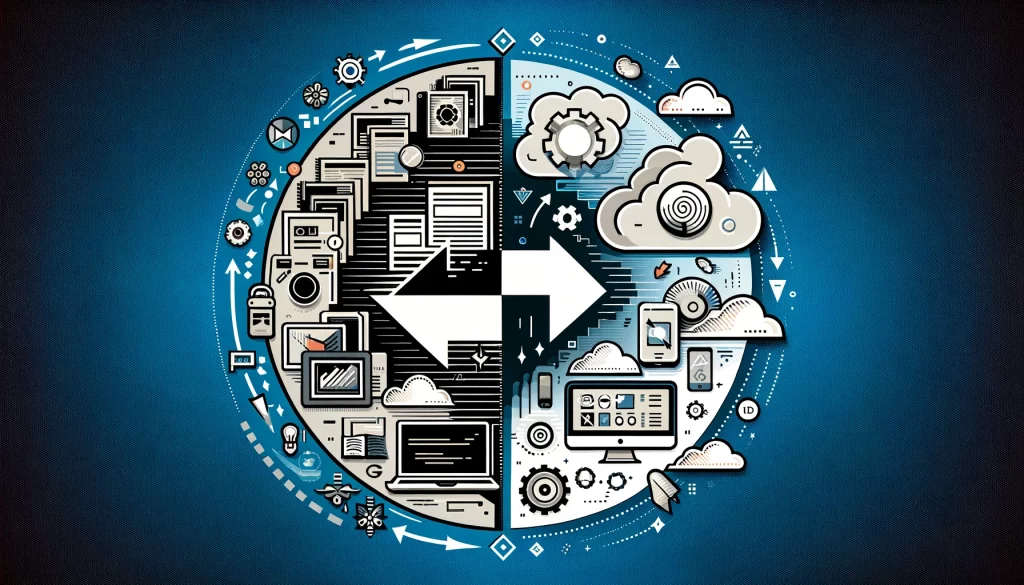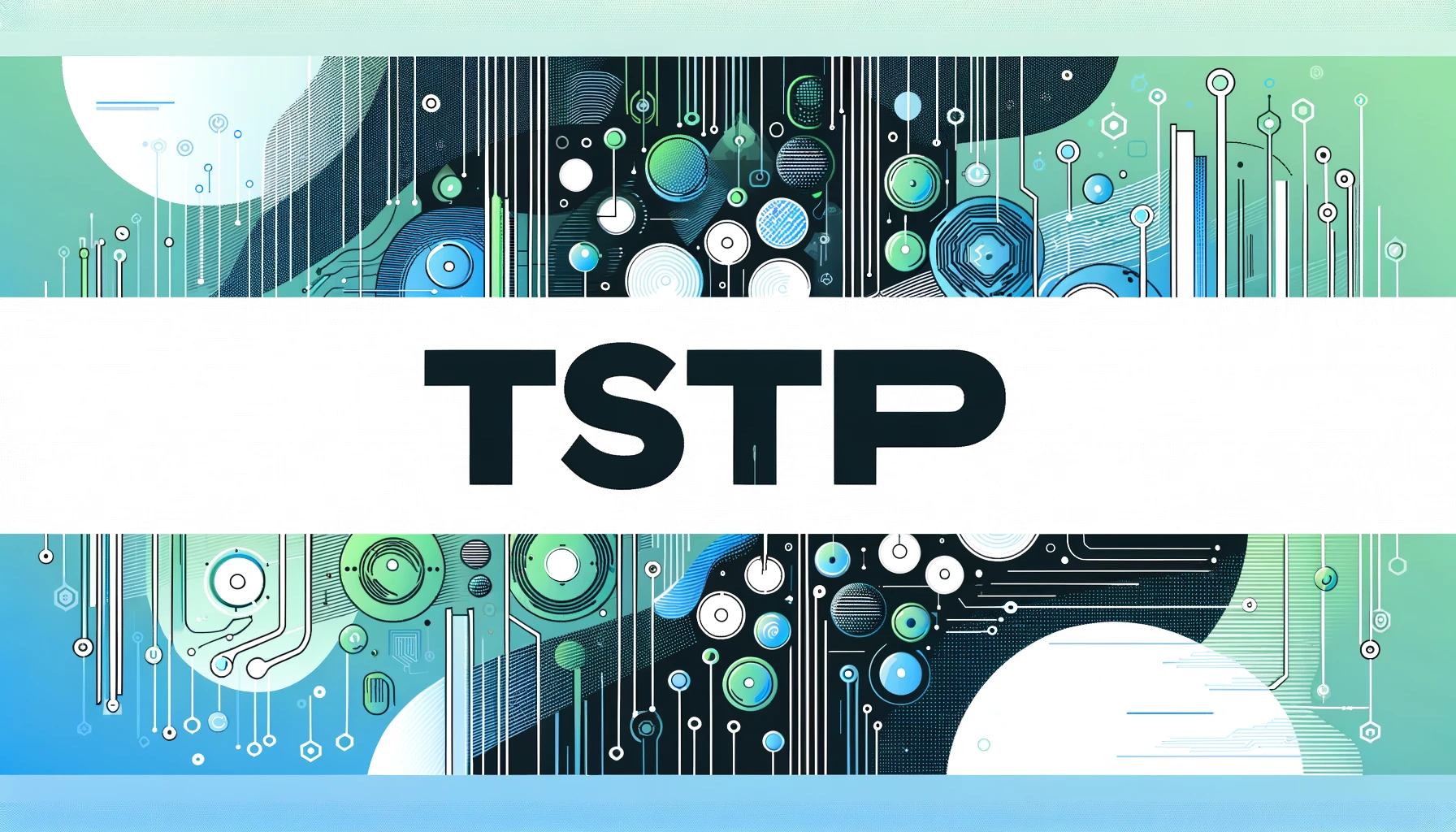A Shift to Custom and AI-Powered Productivity Software
Remember the days of bulky software manuals overflowing with features you never used? Traditional productivity software often felt like a one-size-fits-all approach, leaving us overwhelmed and frustrated. Thankfully, the landscape is undergoing a dramatic shift towards customizable and AI-powered solutions, promising a new era of streamlined workflows and maximized efficiency. This change is significant for consumers because it empowers us to take control of our productivity in ways never before possible.

From Standardized to Specialized: The Rise of Custom Software
For decades, productivity software followed a “one program fits all” mentality. We were stuck navigating feature-laden behemoths that rarely aligned perfectly with our specific needs. However, the rise of cloud-based solutions paved the way for more adaptable and user-centric options. Today, businesses of all sizes are embracing custom software development to create tools perfectly tailored to their unique workflows.
Imagine a marketing team with a custom project management platform that seamlessly integrates with their social media scheduling tool and design software. Or, a team of accountants using bespoke financial software that automates data entry and streamlines reporting tasks. Custom software is making significant impacts in industries like healthcare, legal services, and even education, where specialized needs demand specialized solutions.
AI-Powered Productivity: The New Frontier
The future of productivity software is not just about customization; it’s about intelligence. AI-powered tools are revolutionizing the way we work by automating mundane tasks, anticipating our needs, and offering real-time insights. AI writing assistants like Grammarly can improve our writing style and catch errors on the fly. Project management software with AI capabilities can predict potential roadblocks and suggest course corrections before they derail progress. Data analysis tools powered by AI can uncover hidden patterns and trends in our work, allowing us to make data-driven decisions with greater confidence.
The role of AI extends far beyond automation. It enhances the user experience by learning our preferences and suggesting relevant features and actions. As AI technology continues to evolve, we can expect even more powerful and intuitive tools that will transform the way we approach our work.
The Licensing Revolution: From Owning to Subscribing

The way we access software is also undergoing a significant change. The traditional model of perpetual licenses, where you purchase a software program outright, is slowly giving way to subscription-based models. This shift, driven by the rise of cloud-based solutions and the need for constant updates, is known as Software as a Service (SaaS).
For consumers, the subscription model offers several advantages. It eliminates the upfront cost of expensive software licenses and ensures access to the latest features and security patches. For developers, it provides a recurring revenue stream and allows them to focus on continuous improvement rather than selling individual copies. While there are challenges to consider, such as vendor lock-in and potential price increases, the subscription model offers greater flexibility and affordability for many users.
Open Source and Donation-Based Innovation
It’s important not to overlook the crucial role of open-source software in the evolving productivity landscape. Open-source projects allow developers to collaborate on creating and improving software freely. This fosters a spirit of innovation and leads to the development of highly specialized tools that cater to niche needs.
Many successful open-source projects, like the content management system WordPress or the collaborative editing platform LibreOffice, demonstrate the power of this model. Donation-based software studios also play a role, offering users the option to support the development of valuable tools they rely on. These models pave the way for the creation of software solutions that might not exist under traditional commercial models.
Conclusion: A Brighter Future for Productivity

The future of productivity software is a future of increased customization, powerful AI integration, and flexible licensing models. This shift empowers users to take control of their workflows and achieve a level of efficiency never before possible. As technology continues to evolve, we can expect even more exciting developments that will transform how we approach our work and unlock our full potential. So, ditch the frustration of generic software and embrace the possibilities of the custom, AI-powered future of productivity!
